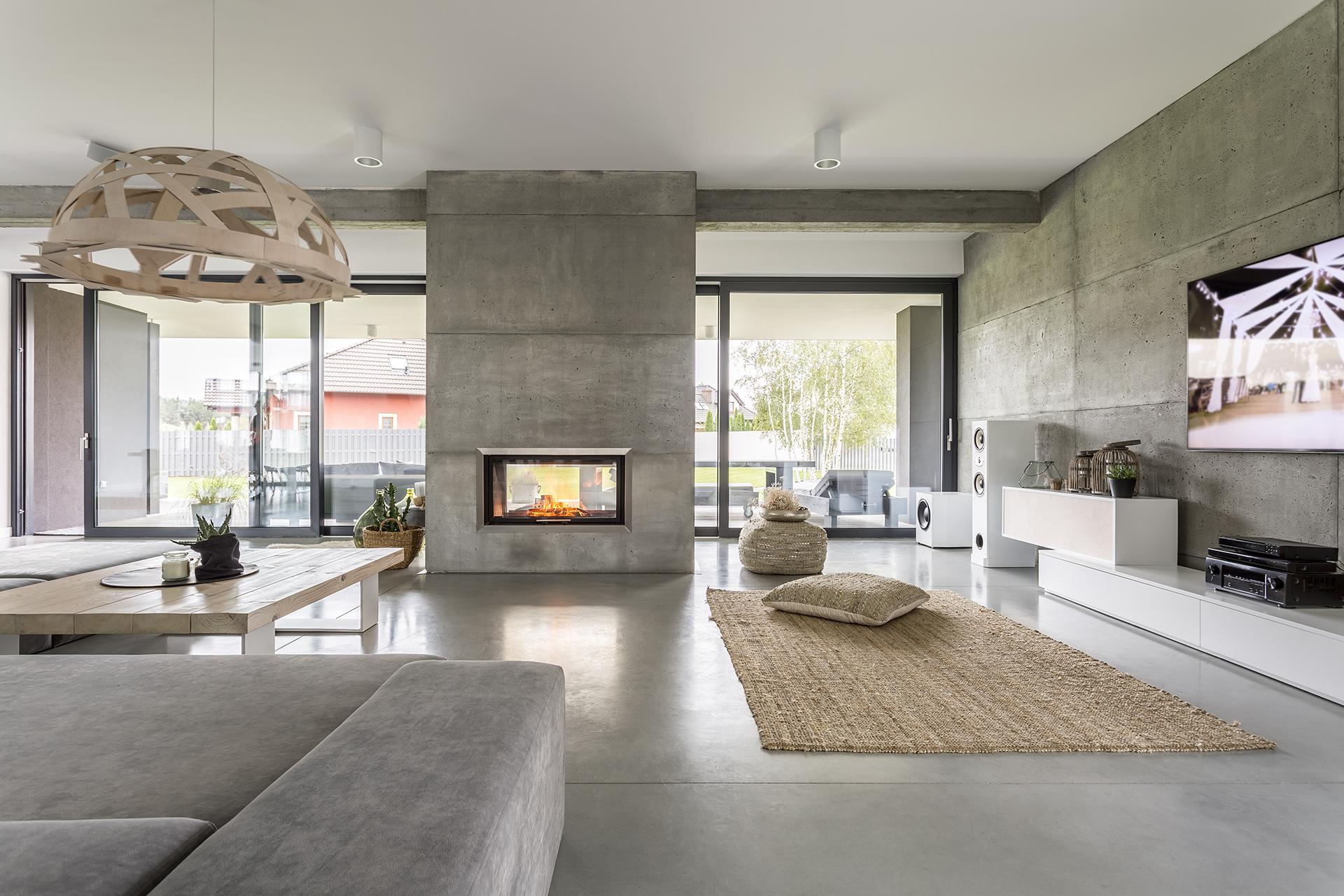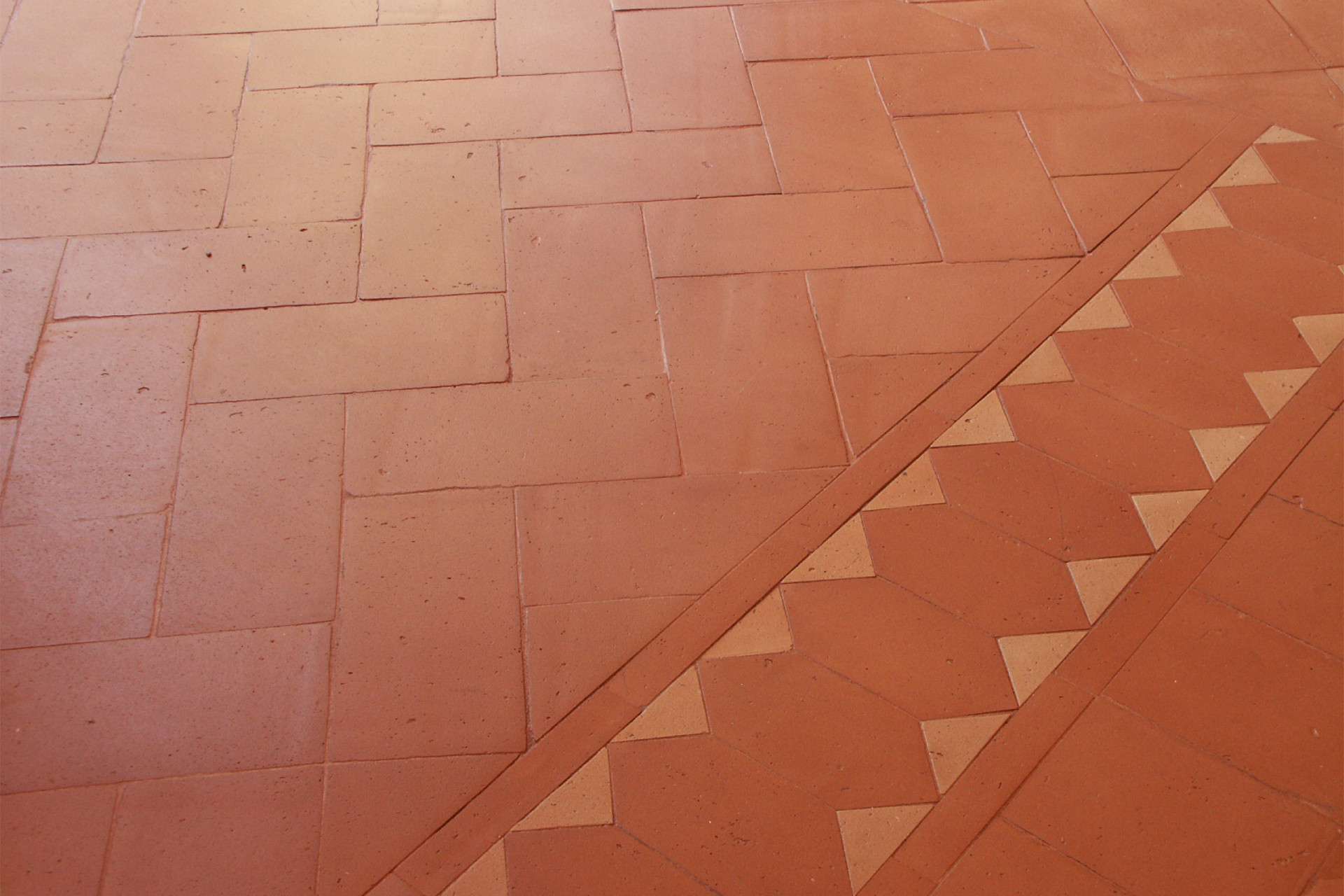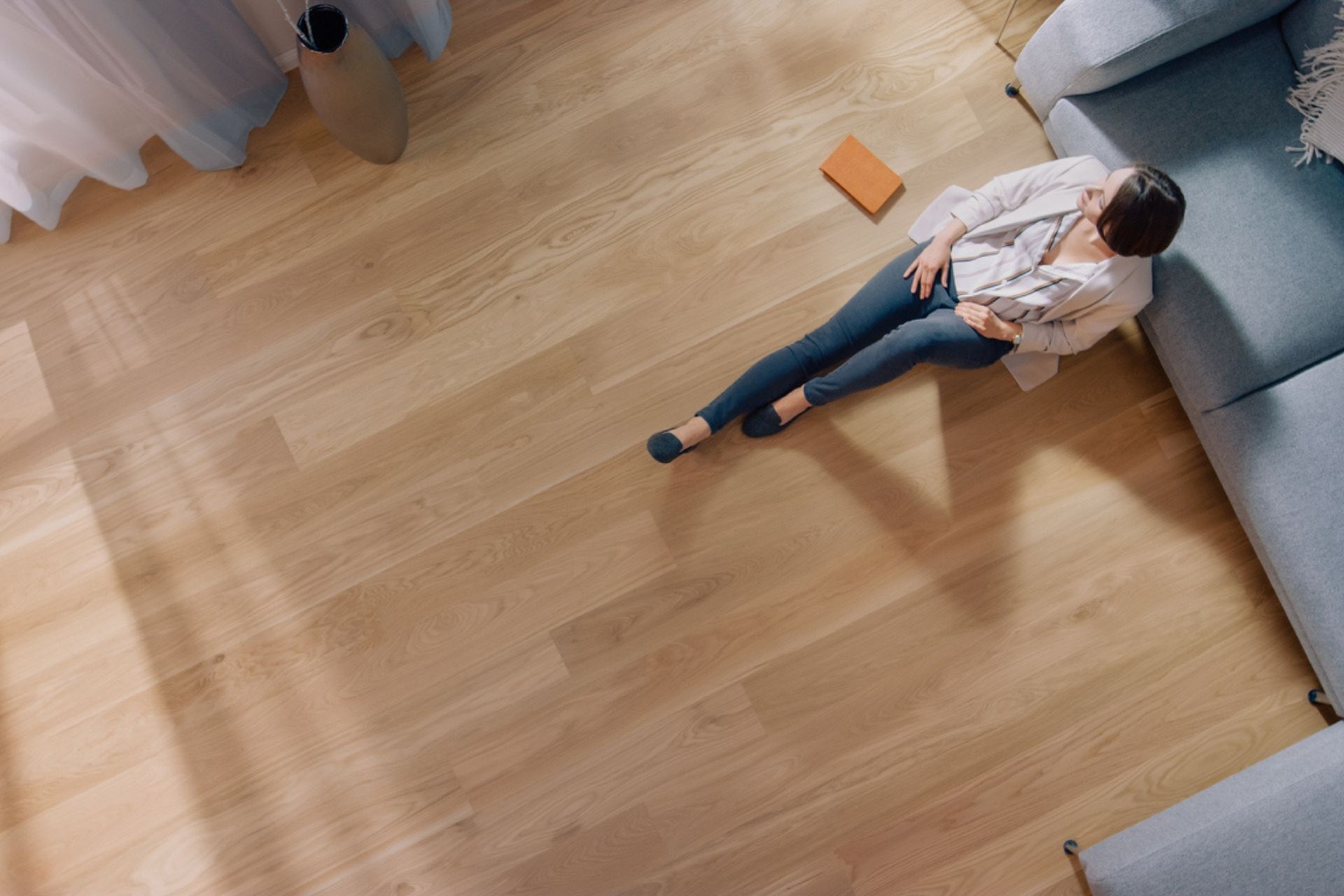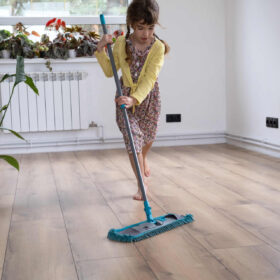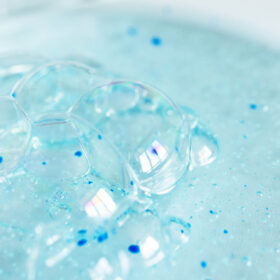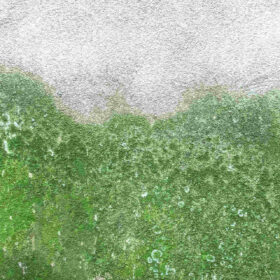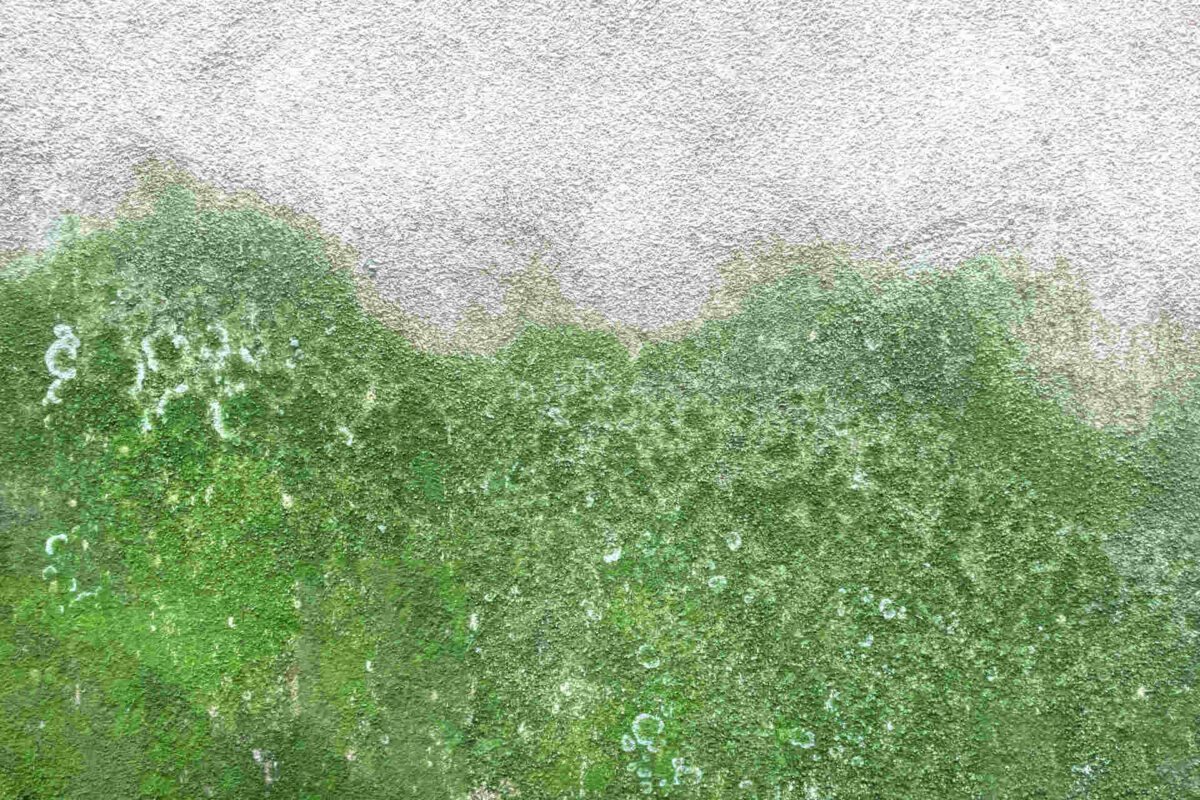Mold in the home: a dangerous enemy for our health
When they form inside the house mold and efflorescence, the air quality worsens significantly. The problem goes far beyond the formation of unsightly stains on the walls: if not treated immediately, mold can have disastrous effects on the stability of the materials and can cause various disturbances to the inhabitants of the house, which can lead to real diseases chronic.
The good news is that mold can be eliminated completely from walls, ceilings and floors. And there are also good practices that allow you to limit exposure to fungi and mold in the home and fight new proliferations.
Mold: what it is and why it forms in the home
Le mold they are microscopic mushrooms that during their growth extend to form green or black-grey spots, which can affect walls, ceilings, outdoor furniture and creep in in the joints between the tiles of bathroom and kitchen. These organisms produce traces, very small particles that they use to reproduce and which disperse into the environment, exposing the inhabitants of the house to allergies and respiratory problems.
Mold forms especially in places characterized by strong humidity e poor ventilation, and tends to develop more rapidly in the presence of a hot-humid climate, with a certain predilection for dark and hidden corners of the house.
Weak fixtures, poorly insulating materials and an inefficient heating system can contribute to the formation of mold, since this originates precisely following sudden changes temperature changes and when significant heat dispersion is created (for example in the presence of thermal bridges).
Mold in the home: health risks and symptoms
The presence of mold in the house it is a problem that must be addressed promptly: in addition to causing serious damage to paints, coverings and materials in the house, mold and efflorescence are associated with various health risks. According to a recent publication by the Ministry of Health, exposure to mold or domestic humidity "is associated with the greater prevalence of respiratory symptoms, asthma and respiratory functional damage".
Long-term exposure to mold can manifest itself with rfrequent colds, red eyes and itching, symptoms so generic that it is often difficult to trace the cause of the problem. Infants, children and elderly or convalescent people, however, can immediately develop more evident reactions such as coughing attacks and skin rashes.
I children they are by far the most sensitive subjects to the effects of mold in the home: they can cause coughing, asthma and facilitate the onset of allergies and sensitization to inhalant allergens such as pollen and dust mites. Mold problems often start with eye and respiratory irritation, but can easily lead to allergies, asthma and chronic bronchitis.
How to fight mold growth in your home
When you notice that there are dark stains between the joints or on the walls, as we have seen, it is important intervene as soon as possible to avoid the effects of prolonged exposure to mold.
If it is true that a correct one house design is essential to avoid the formation of humidity in internal environments, there are also some precautions that everyone can put into practice and which can prove to be of great help in fight mold even without having to work on the foundations of the house.
- ventilate environments frequently, especially in the presence of condensation;
- avoid carpets and rugs in humid environments such as bathrooms and kitchens;
- do not leave towels and clothes to dry in unventilated areas;
- ensure correct maintenance of humidifiers and air conditioners (including vents and filters);
- limit the number of plants in the bathroom and kitchen, especially if you have just repotted;
- wash shower curtains and walls regularly;
- eliminate mold stains immediately with specific products such as FX-1, effective ineliminate at the root the problem of mold from terracotta, wood, concrete, marble, stone, porcelain stoneware without affecting plaster and paint.
According to the recommendations from the Ministry of Health, it is essential to "try to maintain a humidity level of less than 50% inside the home", possibly with the help of dehumidifiers.
Humidity in the house and garden: not just mould
Mold growth is not the only problem to which they are subject very humid and poorly ventilated environments. When the humidity level is very high, for example in the presence of infiltrations or in the less ventilated corners of the garden, ideal conditions develop for the proliferation of algae, lichens and moss.
Unlike mold, algae and moss they pose no health risks, but can be dangerous in other ways, for example by creating a very slippery patina which is very easy to fall on.
The formations of algae and lichens are an insidious enemy especially for materials and coverings for balconies and gardens: instead of dispersing spores into the air, these organisms (plants or symbionts of plants and fungi) tend to penetrate deeply into surfaces and can cause very serious damage. In this case, the product to use is FX-25, a broad-spectrum solution of action which manages to penetrate the substrates and eliminate moss and algae formations at the root.





